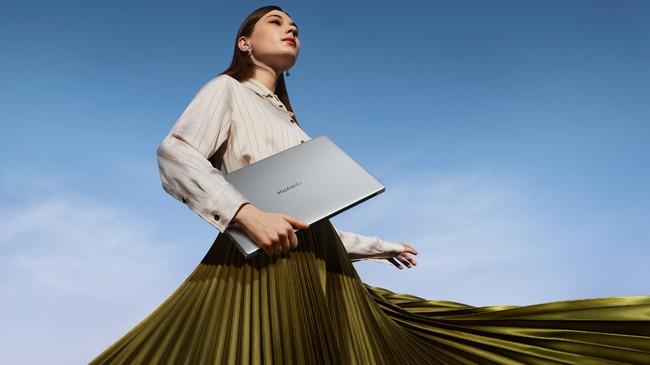New design
The design of Windows 11 has changed significantly from Windows 10. Microsoft has given Windows a design language such as "Metro", but this time it is designed with a design language called "Fluent".
The design principles are "Effortless", "Calm", "Personal", "Familiar", and "Complete + Coherent". is.
In fact, the desktop and start menu of Windows 11 have a new look while giving the impression of conventional Windows, and the design has a calm impression while making the icons colorful.

The rounded corners of the start menu and app window are impressive. The overall impression was soft.
Rounded corners are used for start, task view, application windows, etc.In the screen environment, only the app is not roundedIn addition, it seems that this rounded corner may not be displayed depending on the environment. The environment of this article is a virtual machine on Hyper-V, but please note that the corners are still square in this environment.
Environment where the application also has rounded cornersThree types of icons are available, and the application icon has been changed from the conventional simple and flat design to a colorful and three-dimensional design. Also, it will be animated, and when you click it, the image of the icon will move.
However, at present, there are still some apps with flat designs, so it seems that there is a lack of unity.
On the other hand, the system icon is a simple monoline style line drawing called "Segoe Fluent Icons". In Windows 11, the "Settings" screen itself has switched to a character-based configuration, but the icons that appear here and there inherit this style.
The file type icon has an impression that the design is three-dimensional but the meaning is simple. In the past, the folder was a binder type that opened vertically, and when subfolders were included, the binder was multiplexed and displayed, but in Windows 11, it has an orthodox design with tabs, and files or files inside The understated design is that if you have subfolders, you can see the edges of the white document in the tabs.
Compared to conventional Windows, it has a much more colorful impression, but it is now possible to distinguish icons not only by shape but also by color. For example, pictures are blue, videos are purple, music is red, and similar folders have different colors.
The design of the icon has also changed significantlyIf you look closely, the design of the details has changed in various ways, for example, as mentioned above, "Settings" is text-based instead of icon-based, and the menu part of Explorer is no longer a ribbon.
Settings and explorer design have also changed

